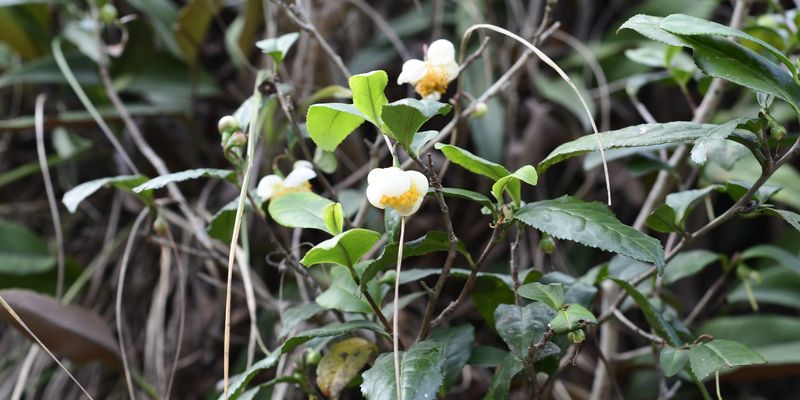Data use
Climate change and fungal pathogens threaten global tea production
Published 1/16/2023
Study modelling effects of climate change predicts loss of a third of tea growing areas and increased exposure to fungal pathogens

The most widely consumed beverage in the world after water, tea is a cultural staple playing a significant role in many countries' economies. Climate change may reduce suitable tea-growing habitat and increase pathogen infectivity and susceptibility.
In this study, researchers examined the potential effects of a warming climate on tea and important associated fungal pathogens. By combining GBIF-mediated occurrences with data from the literature, the authors modelled the potential distribution of the two main varieties of cultivated tea (Camellia sinensis var. sinensis and C. sinensis var. assamica) as well as three disease-causing fungal species—at baseline and three future climate scenarios.
The models showed significant reductions in suitable habitat for both varieties of up to third of the baseline area by 2050. Overlaps in the suitable area for tea and pathogens were predicted to range from 10 to 45 per cent—the worst case being the overlap of Colletotrichum acutatum on C. sinensis var. sinensis in southern China.
Overall, the models predicted that temperatures in current tea growing areas would reach optimum levels for the selected fungal species, favouring the growth and spread of the pathogens. While tea cultivation may be moved into more favourable climates, the wider climate tolerances of pathogens mean that innovative approaches will be needed to protect future tea production.